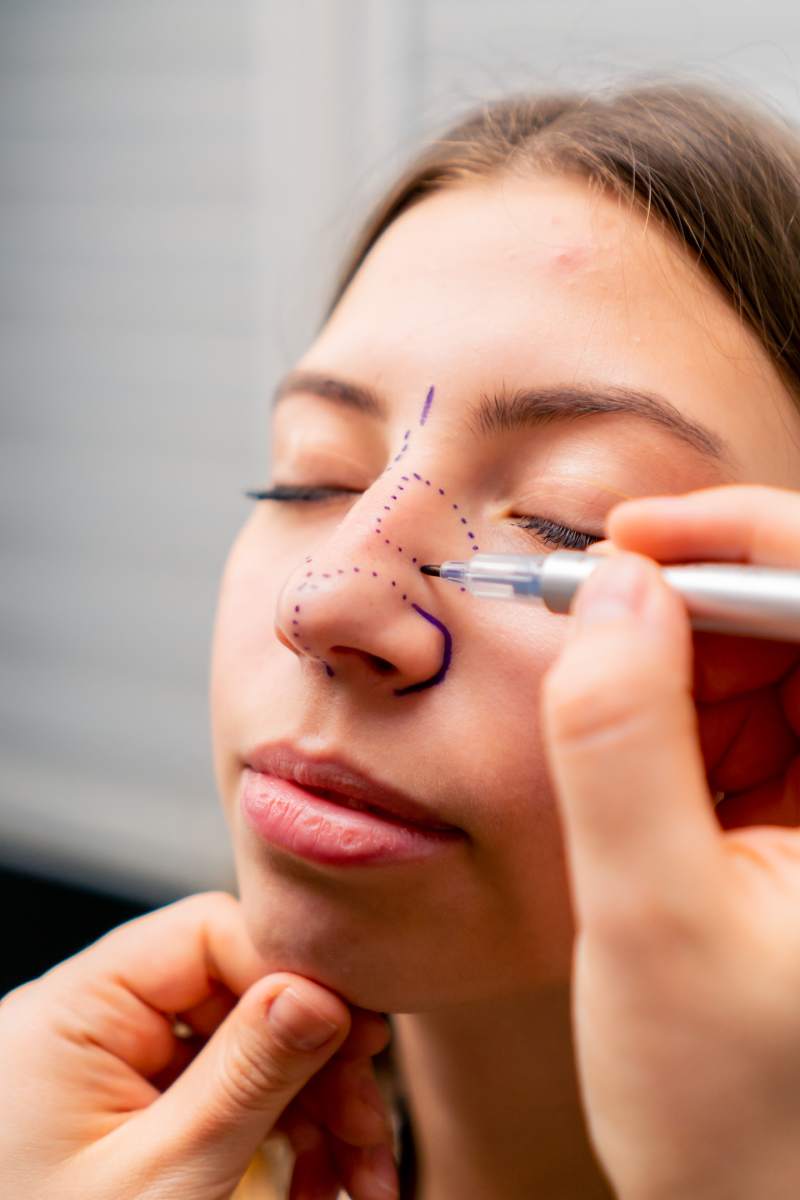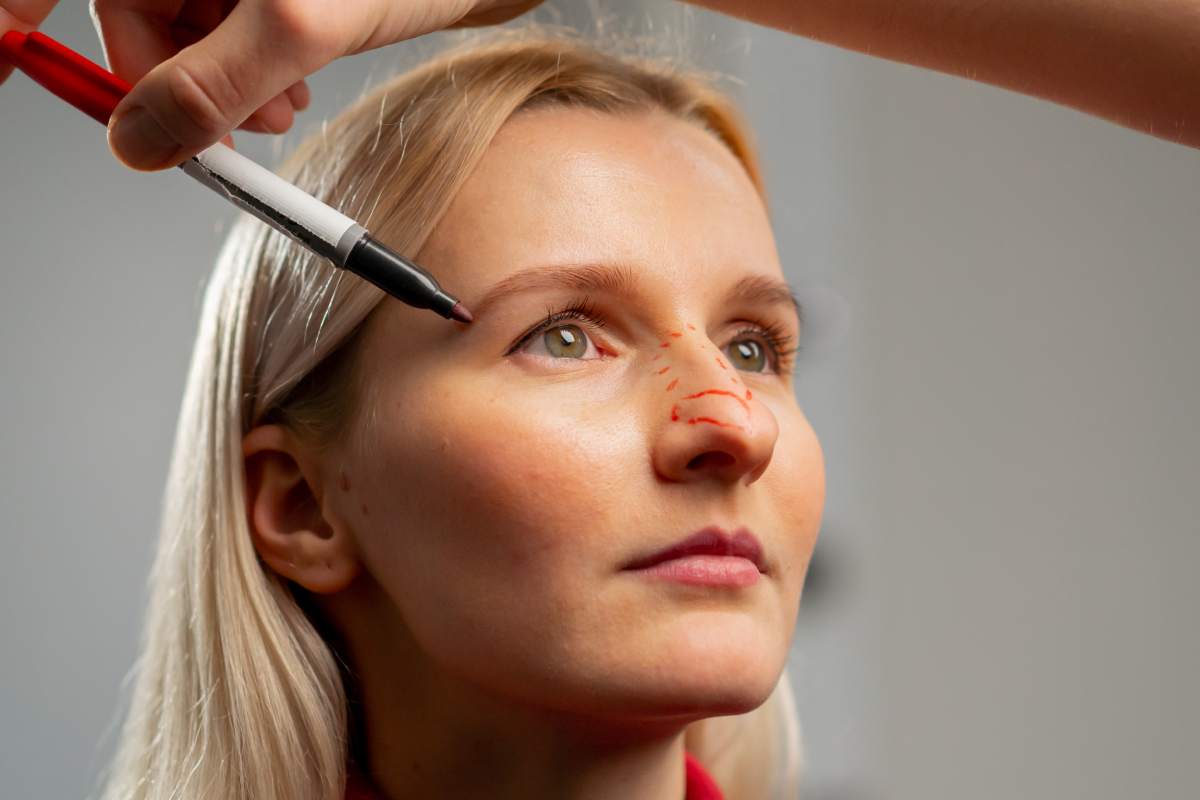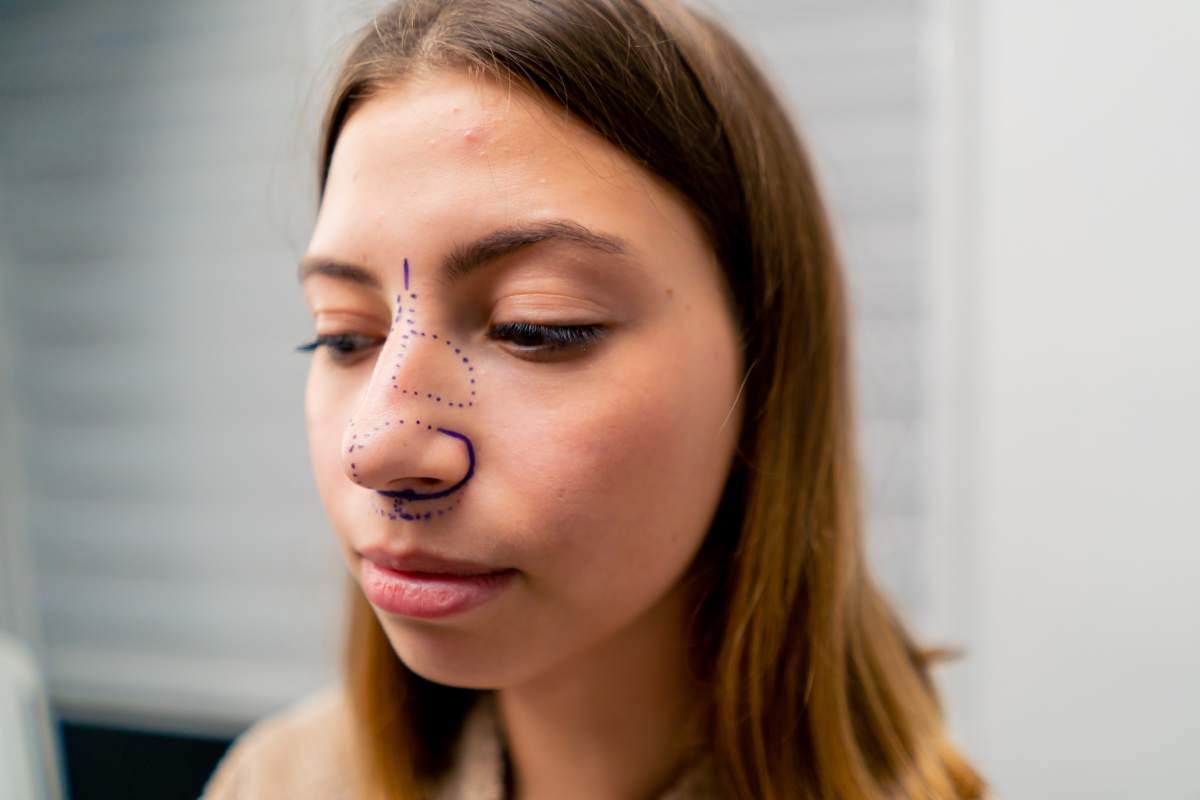What Is the Best Age and Condition for Rhinoplasty? How Much Does a Nose Job Cost in Thailand?
Rhinoplasty, commonly known as a “nose job,” is a sought-after cosmetic procedure aimed at reshaping or resizing the nose to improve both appearance and functionality.
For many, Thailand has become a popular destination for this surgery due to its affordable prices and high-quality medical care. Understanding the costs involved in getting a nose job in Thailand, along with the details of what happens after the procedure, can help you make an informed decision.
In this article, we will explore the typical costs associated with rhinoplasty in Thailand, factors affecting these costs, and provide a clear picture of the post-surgery recovery process, including swelling, asymmetrical healing, and pain management.
More to read:
What Is the Best Age and Condition for Rhinoplasty?
Rhinoplasty, often called a “nose job,” is a popular cosmetic surgery that reshapes or resizes the nose to improve its appearance or function.
People seek rhinoplasty for different reasons—some to fix breathing issues, others for aesthetic changes. But a common question is: what is the best age and condition for rhinoplasty?
Ideal Age for Rhinoplasty
Physical Development
One of the key factors to consider is age. Rhinoplasty should generally be performed after the nose has fully developed. For girls, this usually happens between 15 and 16 years old, while boys’ noses may take a bit longer, typically stabilizing around 16 to 18 years old.
If done too early, the nose may still be growing, which can affect the results of the surgery over time. Therefore, it’s crucial to wait until the facial structure, especially the nose, is mature enough for the procedure.
Emotional Readiness

Age isn’t just about physical growth; it’s also about emotional maturity. Rhinoplasty is a significant procedure that comes with physical changes, and patients need to be mentally prepared for the potential outcomes. Teenagers or young adults considering the surgery should fully understand the reasons behind their desire for rhinoplasty and have realistic expectations.
It’s essential to make sure that the decision isn’t influenced by external pressure, such as from peers or social media, but rather a personal and well-thought-out choice.
Best Conditions for Rhinoplasty
Breathing Problems
Many people seek rhinoplasty not just for cosmetic reasons but also to fix breathing issues. A deviated septum, for example, can cause difficulty in breathing through the nose, and rhinoplasty can help correct this.
If someone is experiencing chronic nasal congestion or other related symptoms, they might be a good candidate for a rhinoplasty procedure aimed at improving functionality.
Aesthetic Concerns
Aesthetic reasons are the most common motivation for rhinoplasty. People may feel self-conscious about the size, shape, or angle of their nose and want to make adjustments. The ideal candidate for rhinoplasty has specific concerns about the appearance of their nose and realistic expectations of the results.
It’s also helpful to have a clear idea of what they want to achieve with the surgery. A consultation with an experienced plastic surgeon will help ensure that the patient’s goals align with what’s achievable.
Overall Health
Being in good health is a critical condition for rhinoplasty. The ideal candidate should be free from serious medical conditions that might complicate surgery, such as uncontrolled diabetes or heart problems. A thorough medical checkup is usually performed before surgery to ensure that the patient is fit for the procedure.
Additionally, smokers may be asked to quit before and after surgery, as smoking can interfere with the healing process.

What Happens After a Rhinoplasty Procedure?
Rhinoplasty, or a “nose job,” is a common surgery to improve the shape or function of the nose. After the procedure, there’s a healing process that involves swelling, bruising, and some specific care instructions. Knowing what to expect can help you feel more prepared and manage the recovery process smoothly.
Post-Surgery Care
Right after your rhinoplasty, you will likely have a small plastic splint on your nose. This splint helps minimize swelling and keep the new shape of your nose intact while it heals. You’ll usually need to wear it for about one to two weeks.
Additionally, your surgeon may place cotton gauze (often called packing) inside your nose. This is used to control bleeding and support healing. Most patients are allowed to remove the packing within 24 to 48 hours after surgery, following the surgeon’s instructions.
It’s completely normal to experience some swelling and bruising around your nose and eyes. While most of the noticeable swelling will subside in a few weeks, you might continue to see some mild facial puffiness, especially in the mornings, for up to a year after surgery. The full healing process takes time, and patience is essential.
Stages of Swelling After Rhinoplasty
Swelling is a significant part of rhinoplasty recovery. Your nose may look larger than expected immediately after surgery because fluid accumulates under the skin. Here’s a general breakdown of how the swelling progresses:
- First 4 to 6 weeks: During this initial phase, your nose will appear swollen and bigger than normal. You may also notice some bruising or discolouration around the nose. Most patients feel comfortable going out in public after about two weeks, though the swelling will still be visible.
- At 3 months: The swelling gradually reduces over time. By around the three-month mark, approximately 90% of the swelling will have subsided, and your nose will start to take on its new shape.
- At 1 year: Even after several months, some minor swelling may persist. The final result of your rhinoplasty won’t be fully visible until all swelling has gone away, which could take up to a year.
Asymmetrical Healing
It’s not unusual for one side of your nose to heal faster than the other, a phenomenon known as asymmetrical healing. This may make your nose look uneven or crooked for a short period. It can be concerning to see, but it’s a natural part of the body’s recovery process and should resolve as the swelling goes down evenly on both sides. Your nose will likely settle into its final, symmetrical shape as healing progresses.
Pain After Rhinoplasty
Pain after rhinoplasty is generally mild to moderate. Before you leave the surgery, your doctor may administer a long-lasting numbing agent to minimize discomfort for the first day or two. In the days following the procedure, any pain or discomfort should start to fade. Most patients find that over-the-counter pain medications, like paracetamol or ibuprofen, are enough to manage the discomfort.
It’s important to note that if pain persists or worsens after the first week, you should consult your surgeon to ensure that your recovery is on track.

How Much Does a Nose Job Cost in Thailand?
Rhinoplasty, or a “nose job,” is a popular cosmetic surgery that reshapes or resizes the nose. Thailand has become a top destination for medical tourism, including rhinoplasty, due to its affordable prices and high-quality healthcare. If you’re considering getting a nose job in Thailand, it’s important to understand the costs involved and what to expect.
Average Cost of Rhinoplasty in Thailand
The cost of a nose job in Thailand can vary depending on several factors, including the clinic or hospital, the surgeon’s experience, and the complexity of the procedure.
On average, rhinoplasty in Thailand typically costs between THB 40,000 to THB 150,000 (roughly AUD 1,700 to AUD 6,500). This range is significantly lower than the cost of rhinoplasty in countries like Australia, the United States, or the United Kingdom, where prices can go beyond AUD 10,000.
Factors That Affect the Cost
- Surgeon’s Expertise: One of the biggest factors affecting the price of a rhinoplasty is the experience and reputation of the surgeon. More experienced surgeons with a track record of successful results may charge higher fees. Well-known specialists like Dr. Kamol at Kamol Plastic Surgery Hospital, for example, are highly regarded for their expertise, especially in creating natural-looking results. Choosing a surgeon with a good reputation is essential to ensure you get the results you desire.
- Type of Rhinoplasty: The type of rhinoplasty procedure will also influence the cost. There are different types of rhinoplasty depending on what changes you want to make:
- Closed Rhinoplasty: This is a less invasive procedure where all incisions are made inside the nostrils. It tends to be less expensive because it involves less surgical work.
- Open Rhinoplasty: This type involves more extensive changes, with an incision made on the outside of the nose. It’s typically more expensive due to the complexity of the procedure.
- Revision Rhinoplasty: If you’re getting a second or corrective surgery, the cost may be higher because of the increased difficulty in reshaping the nose after a previous surgery.
- Hospital or Clinic Fees: The location where the surgery is performed also affects the price. Premium hospitals or clinics with modern facilities and a well-known reputation may charge higher fees. However, they often provide comprehensive packages that include consultation fees, surgery, anaesthesia, and post-operative care.
- Anaesthesia Costs: Rhinoplasty requires anaesthesia, and the type of anaesthesia used can impact the overall cost. General anaesthesia is more expensive than local anaesthesia with sedation, so the choice between the two can affect your total bill.
- Post-Surgery Care: Some packages may include post-surgery consultations and follow-up care, while others may charge these services separately. It’s important to clarify what’s included in the price when considering the overall cost of your rhinoplasty.
Why Choose Thailand for Rhinoplasty?
Thailand has become a top destination for rhinoplasty due to its combination of lower costs and high-quality care. Many Thai plastic surgeons have undergone extensive training and are experienced in performing surgeries for international patients. The country’s state-of-the-art medical facilities and warm hospitality make it an appealing option for people seeking affordable cosmetic surgery.
Additionally, Thailand’s medical tourism industry is well-regulated, with many hospitals and clinics holding international accreditations. This gives patients peace of mind knowing that they are receiving safe, professional care.
Conclusion
Choosing to undergo rhinoplasty is a significant decision that involves careful consideration of both the financial and medical aspects.
Thailand offers a cost-effective solution for those seeking to enhance their nose’s appearance or function, with prices generally ranging from THB 40,000 to THB 150,000. This is a fraction of the cost compared to many Western countries, while still providing access to skilled surgeons and advanced medical facilities.
After the procedure, it’s important to be aware of the recovery process, which includes managing swelling, potential asymmetrical healing, and post-surgery pain.


